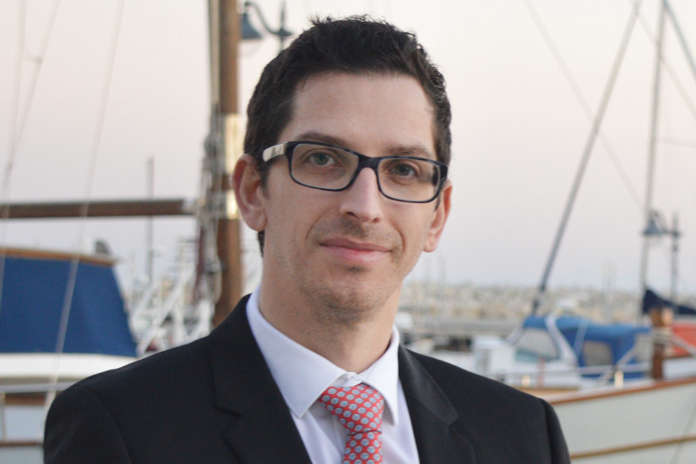
Unsafe acts, behaviours and decisions not only impact human life and the environment, but also lead to off hires, fines, non-conformance and detentions. This directly compromises safe fleet operations, impacts reputation, and leads to financial losses.[ds_preview] It is widely recognised that the majority of these incidents are directly or indirectly caused by human error. But despite the adoption of multiple industry initiatives, rules and procedures, audit results analysed by Prevention at Sea and the Centre of Excellence in Risk and Decision Sciences of the European University in Cyprus (CERIDES) shows that the early warning signals of unsafe practices are not being detected. This is why we believe that a human-centred risk assessment methodology is critical to improving a safe business culture in shipping.
Conducting shipping business safely remains at the very core of our industry and as we head into an unprecedented phase of change, never has it been so important. With so many new rules and requirements to contend with, seafarers and shipping companies are struggling to cope. Those onboard and ashore need supportive guidance from experts enabling in-depth knowledge of requirements, as well as the early detection of unsafe practices.
When it comes to risk assessments, the maritime industry needs to go beyond the checklist and also factor in the human element. We must alter the current ‘tick box’ culture, with greater emphasis on a proactive approach which puts people at the centre. With the aim of detecting inefficient operational practices at an early stage, before they can escalate into major incidents, the Human ELement Maritime Enhancement Tool (H.EL.M.E.T.) represents a simple, practical and effective methodology for risk assessment.
With no need for the introduction of complex systems and procedures, it provides a proactive means of identifying unsafe acts and conditions, reducing risk, and avoiding delays, detentions, damage, penalties and the cost of being off-hire. Adoption also safeguards against the impact of future risk assessment requirements, ensuring that shipping companies are supporting employees in taking the right decisions at the right time.
H.EL.M.E.T has been central to Prevention at Sea’s risk assessments for some time. However, to critically evaluate the tool and deliver on our philosophy of continuous improvement, we have assembled a committee of 15 maritime safety heavyweights, named HELMET-com. From across the world, committee members include experts representing international organisations, the industry and academia, specialising in risk assessment, communications and management system standards.
Meeting annually and interacting throughout the year, our aim is to re-establish a genuine, industry-wide commitment to “safety first”. To achieve this, we believe that the industry needs a standardised methodology which proactively detects clear signals that correspond to unsafe behaviours or situations before they can escalate and cause real problems. Working as part of HELMET-com, we are confident that we can we continue to deliver on our vision for a safer, smarter shipping industry.
By Petros Achtypis, CEO, Prevention at Sea

















